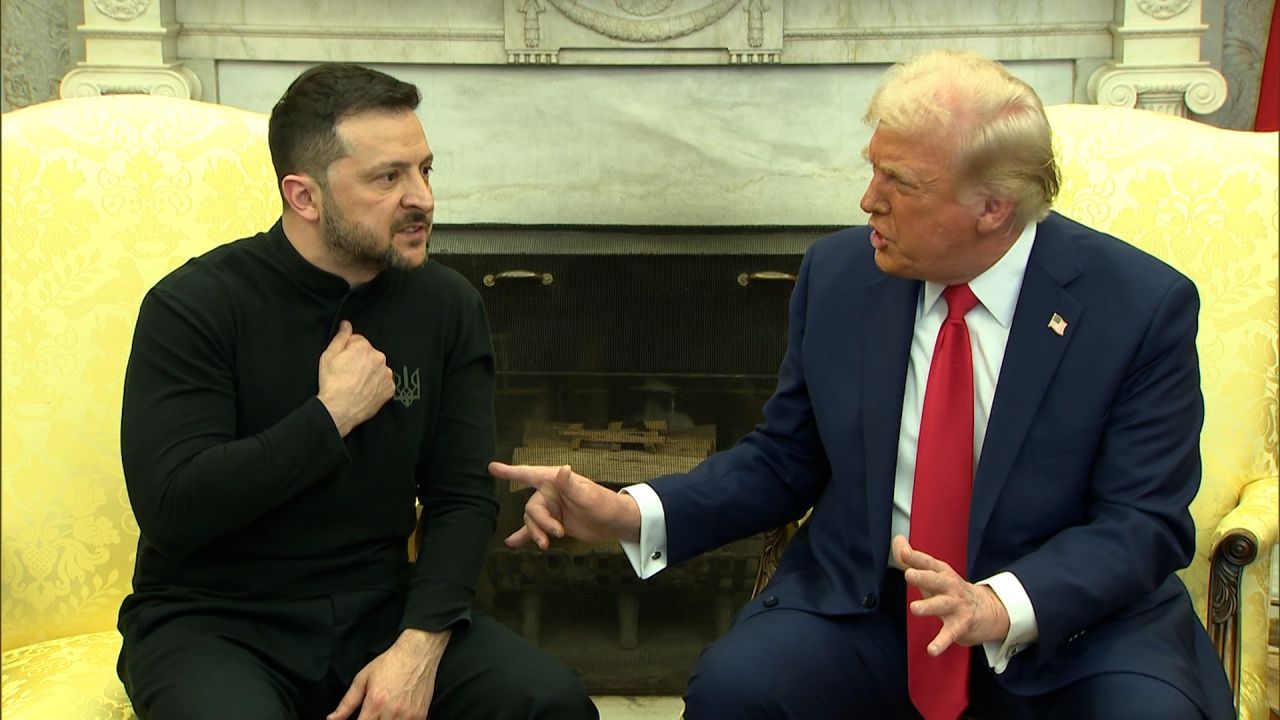Author:
Rafał Dados
Negotiation Styles and Cultural Influences: Harvard, Moscow, and Confucian Approaches in Global Trade Conflicts
Current global trade tensions involving tariffs, sanctions, and diplomatic disagreements among the United States, China, and the European Union highlight the significant role cultural influences play in shaping negotiation strategies. Understanding these distinct negotiation styles—the collaborative Harvard model, the competitive Moscow model, and the relationship-focused Confucian model—provides valuable insights into contemporary international relations and trade dynamics.
Harvard Negotiation Model: Cooperative and Interest-Based
Moscow Negotiation Model: Competitive and Power-Oriented
Deeply rooted in geopolitical history, the Moscow model emphasizes tactical advantage, power dynamics, and assertive bargaining.
- Rigid positions: holds firm negotiating positions with minimal transparency or disclosure of underlying interests (constant escalation).
- Psychological tactics: employs aggressive strategies such as extreme openings, personal intimidation to gain the upper hand (power statement).
- Short-term advantage: focuses primarily on immediate gains, viewing negotiations as zero-sum game (I win, you lose, no sentiment).
- Strategic dominance: higher priority on power and leverage over building lasting relationships (being respected over being liked).
This model frequently emerges in negotiations involving high stakes, national security concerns, or significant geopolitical interests.
Confucian Negotiation Style: Harmonious and Relationship-Focused
The Confucian negotiation approach, deeply embedded in Chinese philosophy, prioritizes harmony, respect for hierarchy, and careful relationship management.
- Relationship-centric: views strong, harmonious relationships as foundational and essential for successful negotiations (the good flow and vibe).
- Respect for hierarchy and "Face": emphasizes adherence to hierarchical structures and preserving personal dignity ("face"), avoiding direct confrontation or embarrassment (my face is my dignity).
- Indirect and contextual communication: prefers nuanced, subtle communication that relies on context, indirect hints, and gradual trust-building (feel my pain).
- Consensus and social harmony: strives for agreement that maintains harmony and stability, achieved through patience, incremental negotiation, and consensus-building (long lasting balance).
This negotiation style significantly influences China's diplomatic engagements and international trade negotiations, particularly in multinational contexts.
Negotiation Styles in Practice: Real-World Examples
Recent trade disputes involving the US, China, and the EU provide clear illustrations of these negotiation styles:
- US-China Trade Conflict: The US frequently employs Moscow-style tactics characterized by aggressive tariff increases, confrontational rhetoric, and strategic pressure. China, in contrast, typically adopts a Confucian-influenced approach, balancing firm stances with diplomatic subtlety, emphasizing relationship maintenance and long-term strategic interests.
- EU Negotiation Approach: The European Union often utilizes Harvard-style negotiation methods, focusing on dialogue, shared interests, transparency, and cooperative diplomacy aimed at achieving sustainable resolutions.
These examples underscore how negotiation styles shaped by culture profoundly influence international trade outcomes and diplomatic interactions.
The Significance of Cultural Awareness in Negotiations
In today’s globalized world, recognizing the distinctive characteristics of negotiation cultures—Harvard’s cooperative idealism, Moscow’s competitive realism, and Confucian relational harmony—is essential for diplomats, negotiators, and international business leaders. Understanding these cultural influences enhances strategic decision-making, fosters cross-cultural sensitivity, and contributes to effective and sustainable international agreements.

Rafał Dados
Empowering Procurement Through AI and Operational Excellence
With 20 years of experience in project and strategic sourcing, he has been a co-owner of Eveneum for 12 years, a company specializing in consulting and training for procurement in industries that require building relationships and trust between partners. His expertise lies in supporting clients with project sourcing and early supplier engagement, as well as involving the procurement department in development work. He leads projects such as negotiation assignments, supplier searches, and negotiating cooperation terms on behalf of clients. He is a speaker at procurement conferences both in Poland and abroad. He also lectures on procurement at Jagiellonian University.






